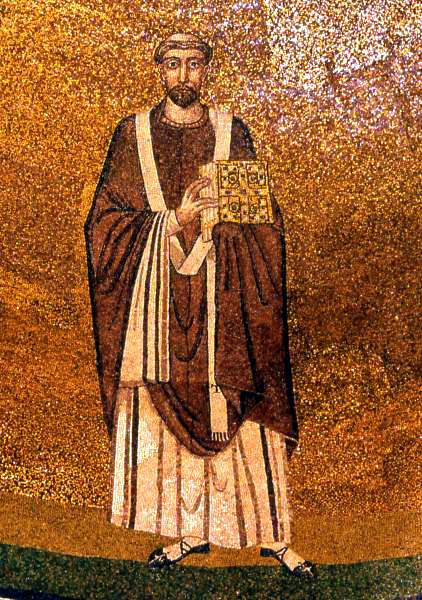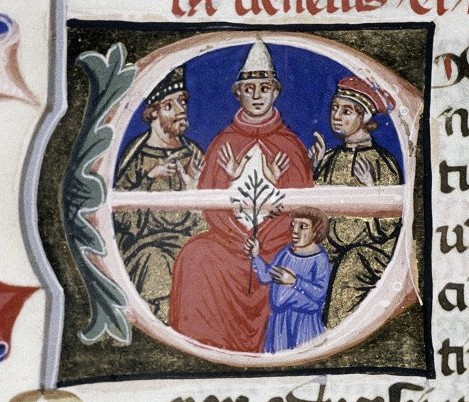 |
| Pope Francis at his first public appearance after the conclave Courtesy Wikimedia Commons |
The first thing to understand in a discussion of any medieval election is the difference between the modern concept of elections and the medieval idea of the process. The election process today is to determine the will of the people. Medieval elections, ideally, determined the will of God. This was particularly true for ecclesiastical elections, such as elections for bishops, abbots/abbesses, and popes. Early Christian philosophers taught, Vox Populi, vox Dei, or, "The will of the people is the will of God." In practice, this meant that the people of the Roman Province nominated papal candidates, and then the bishops and archbishop of Rome picked the winner by unanimous vote. Similarly, the medieval policy of Sanior et maior pare, meaning " the older and wiser part," created a system of weighted voting meant to bring election results in line with Divine will. Basically, priority was given to cardinals with more seniority or who held higher priesthood office. The thinking was that these older and wiser men were closer to God and more able to know God's will.
Early medieval dependence on unanimity in papal elections often resulted in schism when a consensus could not be reached. A schism was generally resolved by Imperial arbitration, meaning the winner was the papal candidate backed by the political authority.
 |
| Pope Symmachus fresco at the Basillica of Sant'Agnese fuori le mura, Rome Courtesy Wikimedia Commons |
 |
| Pope Alexander III, center 14th c. manuscript Courtesy Wikimedia Commons |
Pope Alexander III's Licet de evitanda established the rule of two-thirds majority, and changed the way votes were counted to give all cardinals' votes equal weight. This rule, established at the Third Lateran Council in 1179, successfully ended the need to defer to secular authority to choose the pope. Later, Pope Pius wrote concerning the two-thirds rule, "What is done by two-thirds of the sacred college, that is surely of the Holy Ghost, which may not be resisted."
 |
| 19th c. portrait of Pope Gregory X Basilica of St. Paul Outside the Walls, Rome Courtesy Wikimedia Commons |
From 1305-1352 Cardinal-Deacon Jacobus Gaytanus attended five conclaves. He then wrote Ordinarium Sanctae Romanae Ecclesiae, containing suggestions for elections based on his experiences from the conclaves. According to Gaytanus, the College of Cardinals used a system of voting similar to modern approval ballots. That is, there was no limit to either the number of candidates a cardinal could nominate or a limit to the number candidates a cardinal could vote for. Combining approval ballots with a two-thirds rule (as opposed to a simple majority) meant members of the College usually had to participate in several rounds of voting. Beginning in 1455, multiple-round candidates needed at least one vote in the previous round of voting to continue to the next round. This is called "access voting." Access voting and approval ballots continued to be the way the College elected the pope until 1621, when the Church changed the procedure to categorical voting.
From Imperial appointment to approval ballots, the system of electing a pope underwent several changes during the thousand-year span of the Middle Ages. The medieval Church was looking for a system that would ensure that the pope was the man God wanted for the job. Modern Catholics tend to view a papal election in terms of who the cardinals thought would be best for the job. I wonder which, or both, views the members of the College kept in mind as they cast their ballots for Pope Francis.
Sources:
- Uckelmen, Joel and Uckelman, Sara L. Strategy and manipulation in medieval elections. Paper given at the COMSOC seminar, Amsterdam, The Netherlands, 28 Oct 2010. University of Amsterdam.(found here)
- Colomer, Josep M. and McLean, Iain. Electing popes: Approval balloting and qualified-majority rule. Journal of interdisciplinary history, xxix:i (summer, 1998), 1-22. (found here)
No comments:
Post a Comment